Please sign in to access this resource
Click here to sign in
as a FL public educator Student
Access the resource on
FloridaStudents.org
Not a Florida public school educator?
Access this resourceon CPALMS.com
General Information
Aligned Standards
This vetted resource aligns to concepts or skills in these benchmarks.Related Videos
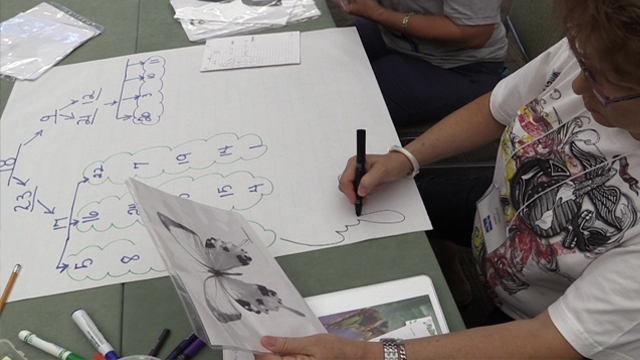
This education researcher uses measures of center and measures of variability for numerical data from random samples to draw informal comparative inferences about two populations.

Ecologist Rebecca Means discusses the use of statistical sampling and comparative studies in field biology.

An archaeologist describes how an ancient weapons technology can be used to bring home dinner or generate data for a math lesson.

Underwater sampling with cameras has made fishery management more accurate for NOAA scientists.
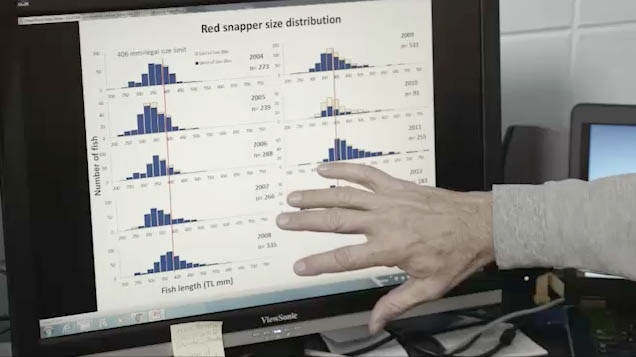
NOAA Fishery management relies on histograms to show patterns and trends over time of fishery data.
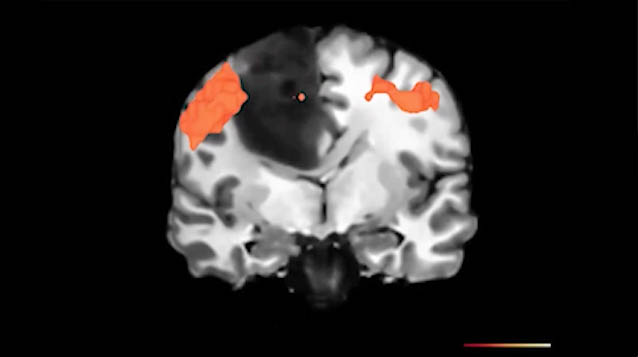
Jens Foell discusses how statistical noise reduction is used in fMRI brain imaging to be able to determine which specifics parts of the brain are related to certain activities and how this relates to patients that suffer from phantom limb pain.

Florida State researcher Jens Foell discusses the use of fMRI and statistics in chronic pain.

Hydrogeologist from Nestle Waters discusses the importance of statistical tests in monitoring sustainability and in maintaining consistent water quality in bottled water.
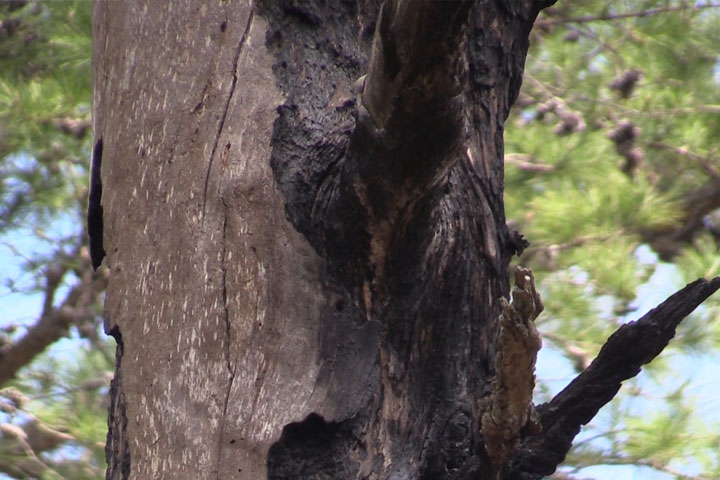
In this video, Jim Cox describes a sampling method for estimating the density of dead trees in a forest ecosystem.
Download the CPALMS Perspectives video student note taking guide.

Brandon Reese, a PhD candidate in the FAMU-FSU College of Engineering, discusses the significance of both Bernoulli's equation and statistical analysis for the design of a "smart wing."

Hear this oceanography student float some ideas about how statistics are used in research.

What does it mean to be normally distributed? What do oceanographers do when the collected data is not normally distributed?

This marine biologist discusses her use of graphical representations to help determine the most cost-effective management strategies for sea turtle conservation.

Data logging has transformed competitive racing! These SCCA drivers discuss how they use computers to compare multiple sets of data after test runs.

The tide is high! How can we statistically prove there is a relationship between the tides on the Gulf Coast and in a fresh water spring 20 miles from each other?
Download the CPALMS Perspectives video student note taking guide.

This quantitative measurement and statistics activity will allow you to save face.
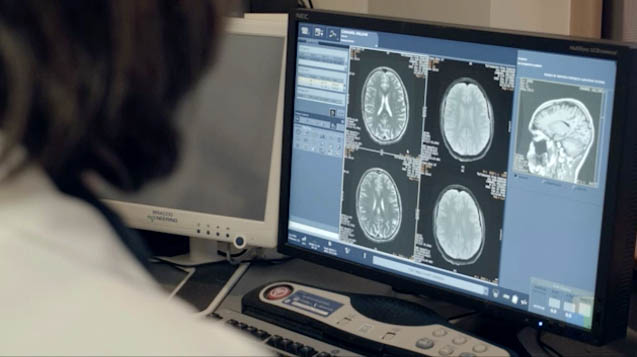
Wei Wu discusses his statistical contributions to the Birdsong project which help to quantify the differences in the changes of the zebra finch's song.

Invasive lionfish are taking a bite out of the ecosystem of Biscayne Bay. Biologists are looking for new ways to remove them, including encouraging recreational divers to bite back!

Sometimes scientists conduct a census, too! Learn how population sampling can help monitor the progress of an ecological restoration project.

Dive in and learn about how statistics can be used to help research sea turtles!

Dr. Bill McShea from the Smithsonian Institution discusses sampling and inference in the study of wildlife populations.
This video was created in collaboration with the Okaloosa County SCIENCE Partnership, including the Smithsonian Institution and Harvard University.

This ecologist from the Coastal Plains Institute discusses sampling techniques that are used to gather data to make statistical inferences about amphibian populations in the wetlands of the Apalachicola National Forest.

How do scientists collect information from the world? They sample it! Learn how scientists take samples of phytoplankton not only to monitor their populations, but also to make inferences about the rest of the ecosystem!

It's impossible to count every animal in a park, but with statistics and some engineering, biologists can come up with a good estimate.

This activity will send your measurement lab to new distances.

Eugene Domack, a geological oceanographer, describes how sediment cores are collected and used to estimate rates of ice sheet movement in Antarctica. Video funded by NSF grant #: OCE-1502753.
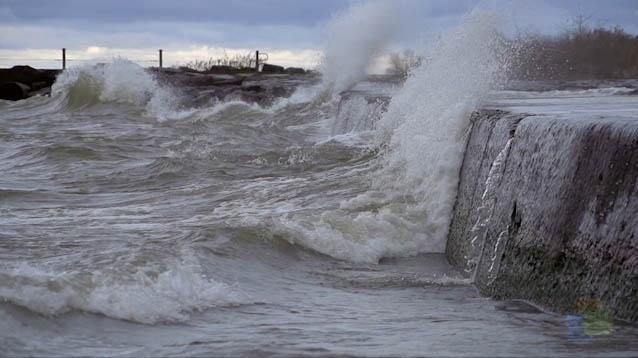
Entrepreneur and meteorologist Mark Powell discusses the need for statistics in his mathematical modeling program to help better understand hurricanes.

NOAA Scientist Doug Devries discusses the differences between fishery independent surveys and fishery independent surveys. Discussion includes trap sampling as well as camera sampling. Using graphs to show changes in population of red snapper.
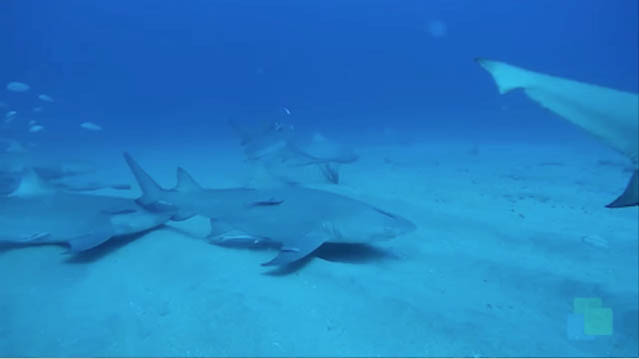
Fish Ecologist, Dean Grubbs, discusses how using statistical sampling can help determine legal catch rates for fish that may be endangered.
Download the CPALMS Perspectives video student note taking guide.
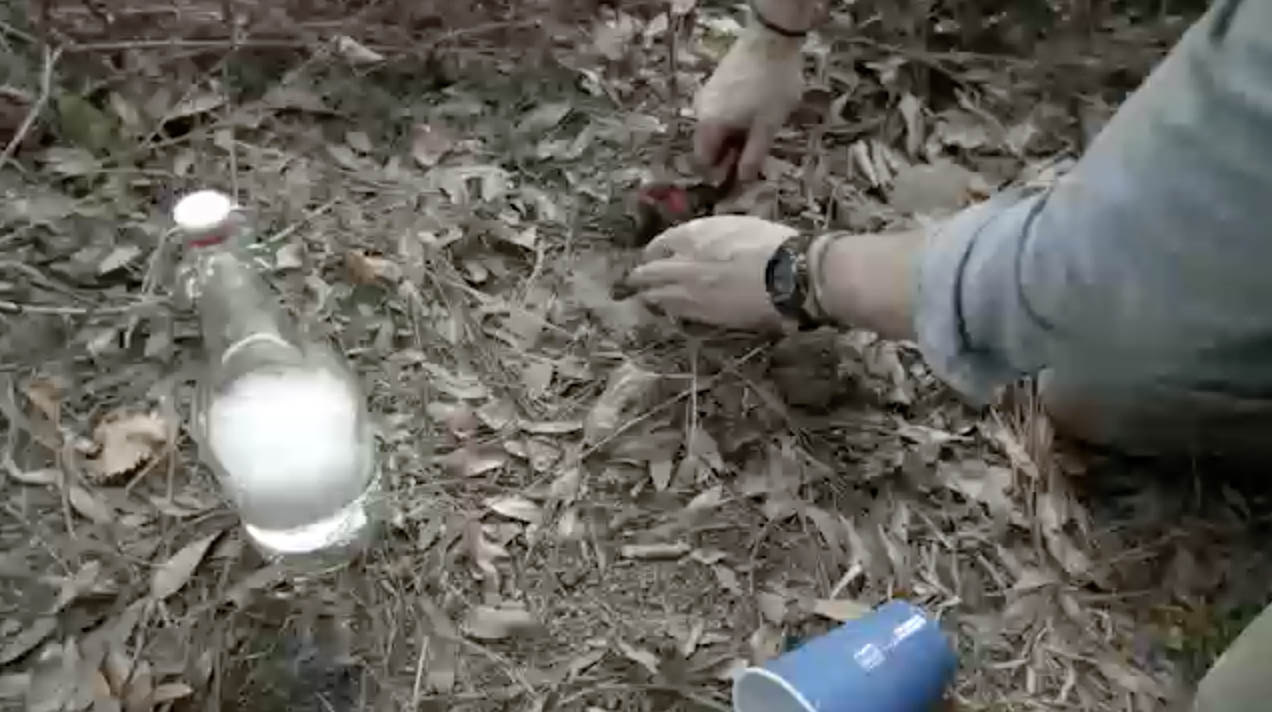
Patrick Milligan shares a teaching idea for collecting insect samples.
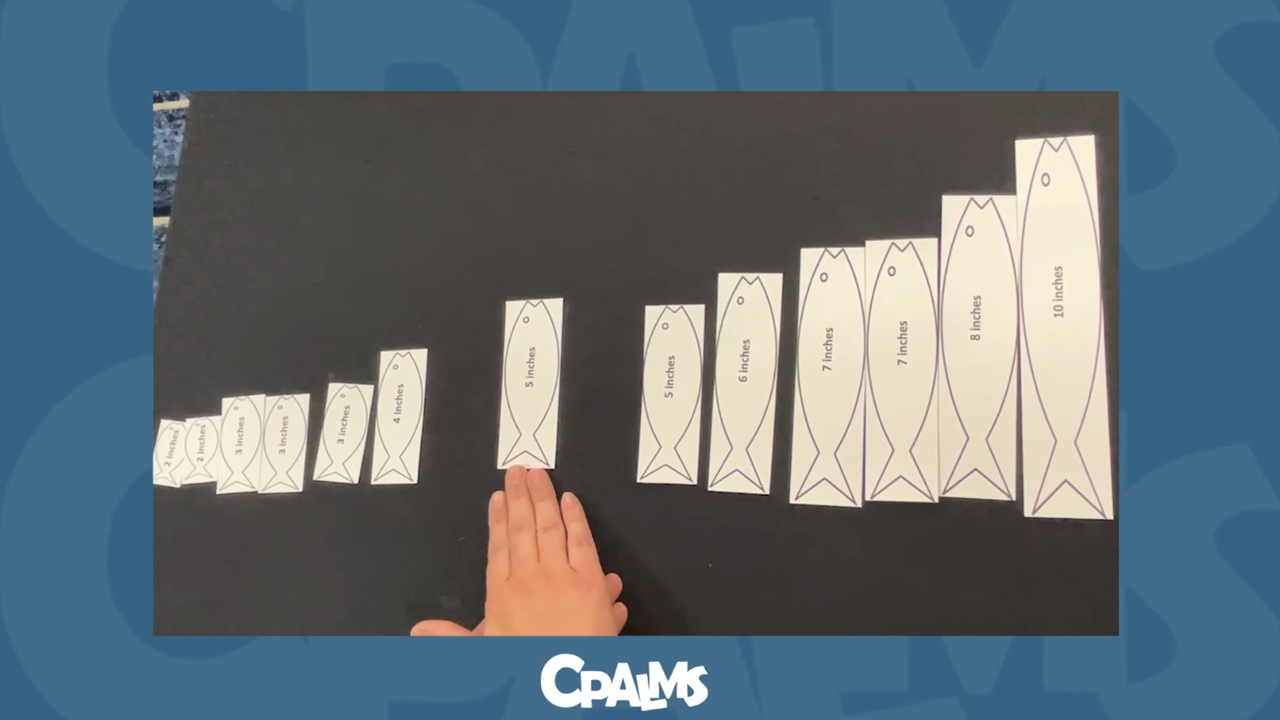
Unlock an effective teaching strategy for teaching median, mode, and range in this Teacher Perspectives Video for educators.

COAPS oceanographer Dmitry Dukhovskoy describes the process used to mathematically model eddy shedding in the Gulf of Mexico.

Laws and regulations that affect the public are being formed based on data from a variety of laboratories. How can we be sure that the laboratories are all standardized?
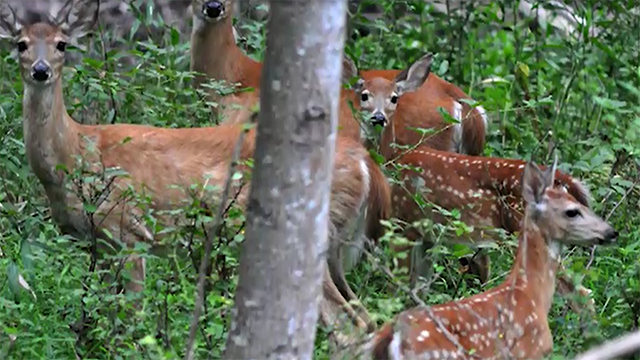
Dr. Bill McShea from the Smithsonian Institution discusses how regression analysis helps in his research.
This video was created in collaboration with the Okaloosa County SCIENCE Partnership, including the Smithsonian Institution and Harvard University.

A discussion describing ocean currents studied by a physical oceanographer and how math is involved.

Florida State University Counseling Psychologist discusses how he uses confidence intervals to make inferences on college students' experiences on campus based on a sample of students.
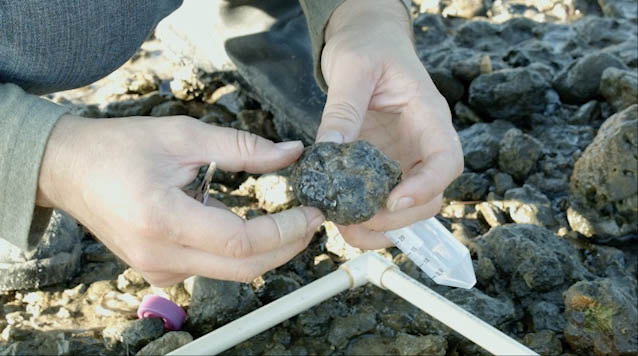
Will Ryan describes methods for collecting multiple random samples of anemones in coastal marine environments.

Will Ryan describes how linear regression models contribute towards his research on sea anemones.
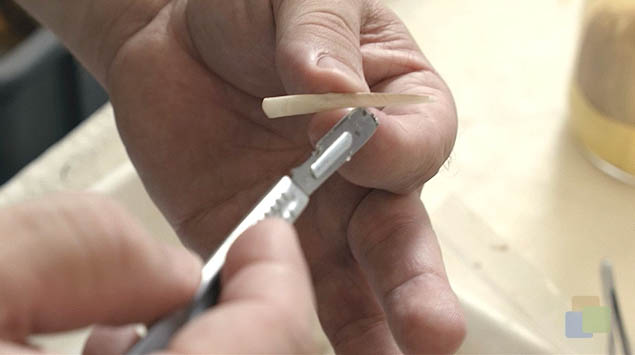
Chip Cotton, fishery biologist, discusses his use of mathematical regression modeling and how well the data fits his models based on his deep sea shark research.
Download the CPALMS Perspectives video student note taking guide.

Shark researcher, Chip Cotton, discusses the use of regression lines, slope, and determining the strength of the models he uses in his research.
Download the CPALMS Perspectives video student note taking guide.
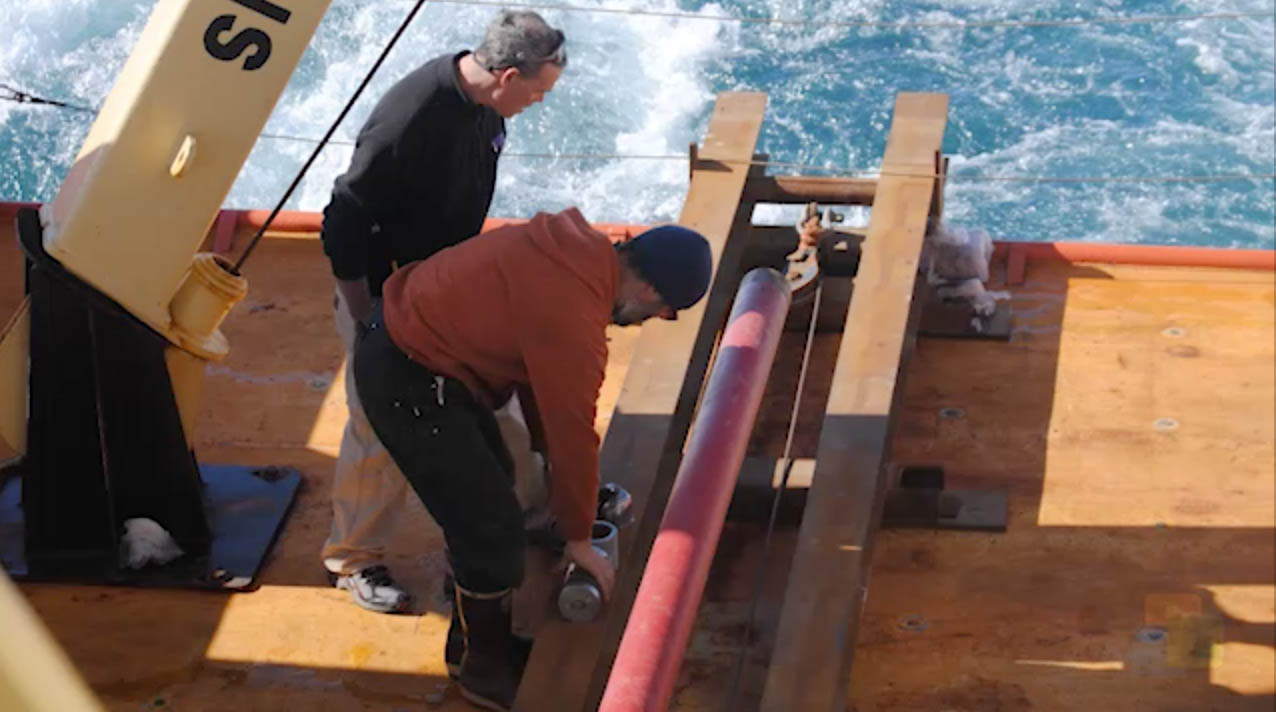
In this video, Eugene Domack explains how past Antarctic ice sheet movement rates allow us to understand sea level changes. Video funded by NSF grant #: OCE-1502753.
Download the CPALMS Perspectives video student note taking guide.
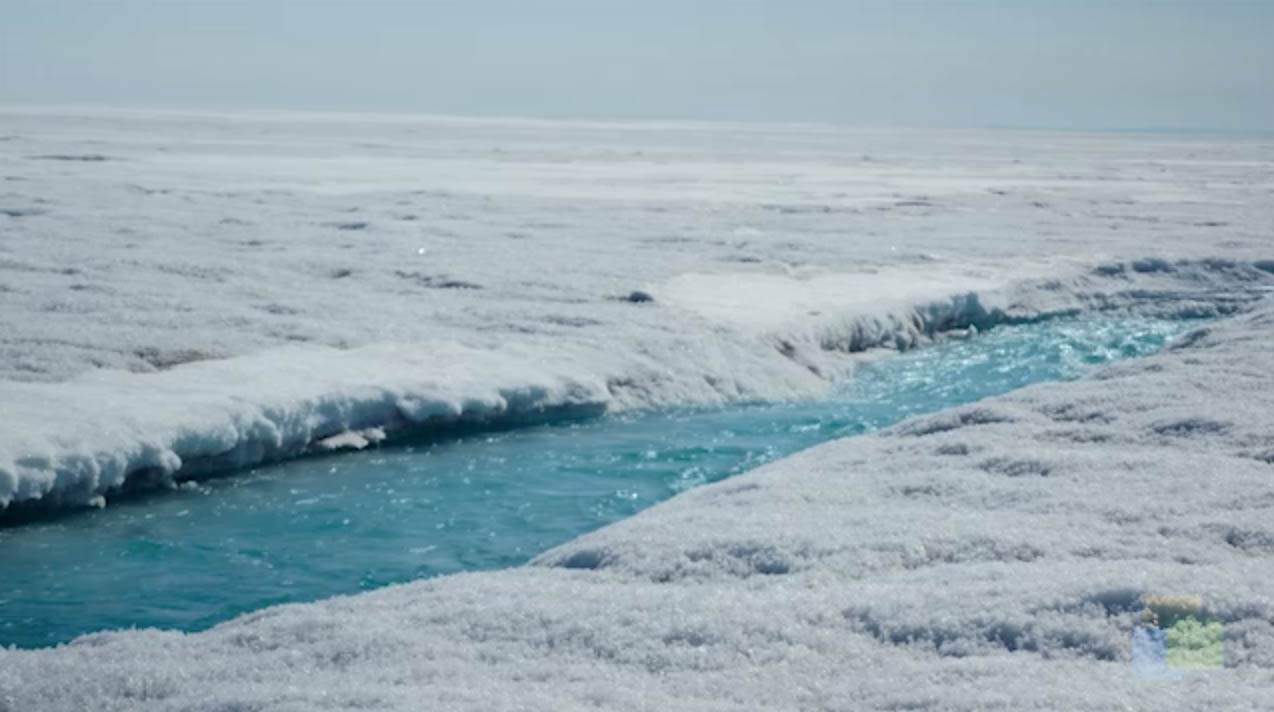
In this video, Brad Rosenheim describes how Louisiana sediment cores are used to estimate sea level changes over the last 10,000 years. Video funded by NSF grant #: OCE-1502753.

Researchers Frank Johnson, Richard Bertram, Wei Wu, and Rick Hyson explore the necessity of scientific and mathematical collaboration in modern neuroscience, as it relates to their NSF research on birdsong.
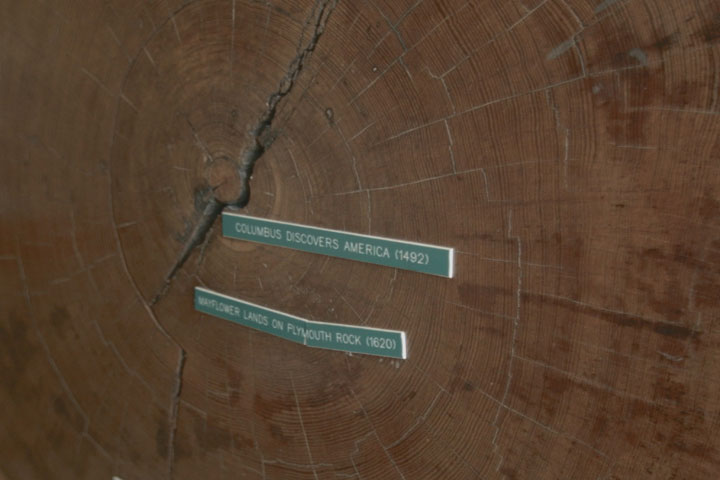
In this video, fire ecologist Monica Rother describes tree ring research and applications for land management.
![Cpalms [Logo]](/images/cpalms_color.png)








